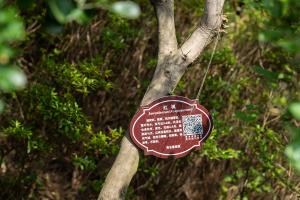Ramet propagation of Magnolia
The ramet propagation of Hanlan is generally carried out in spring and autumn, with an interval of about three years. Plants with strong growth and dense pseudocorms shall be selected for rametting. After rametting, at least 5 pseudocorms shall be saved in each cluster

Reduce irrigation before branching and keep the basin soil dry. When loading the basin, first cover the broken tiles on the basin bottom hole, then lay a layer of coarse stones, accounting for about 1 / 5 to 1 / 4 of the basin depth, then put coarse-grained soil and a small amount of fine soil, and plant with sandy loam rich in humus. Depth to ensure that the pseudobulb can just be buried in the soil. Leave a 2cm edge along the edge of the basin and spread fine stones. Finally, pour water and place it in a cool place for about 10-15 days. During this period, keep the soil moist and maintain it normally

Sowing and propagation of Magnolia
Because the seeds of Hanlan are very fine, the germination ability is very low. In addition, its seed coat is not easy to absorb water. If conventional sowing methods are adopted, it is difficult to germinate. Therefore, it is necessary to provide sufficient nutrients for it with orchid fungus or artificial culture medium to promote its germination

It is best to sow the fruit that has not cracked. First, disinfect the surface with 75% alcohol, and then soak it in 10% sodium hypochlorite for about 5-10 minutes. After taking out the seed, rinse it with sterile water for three times. After that, it can be sown in the culture bottle with the culture medium prepared, and then placed in the dark culture chamber. The temperature is maintained at about 25 ℃. After germination, it can be moved to the light, and the protocorm can be formed. From sowing to transplantation, it usually takes half a year to a year

 how many times do yo...
how many times do yo... how many planted tre...
how many planted tre... how many pine trees ...
how many pine trees ... how many pecan trees...
how many pecan trees... how many plants comp...
how many plants comp... how many plants can ...
how many plants can ... how many plants and ...
how many plants and ... how many pepper plan...
how many pepper plan...





























